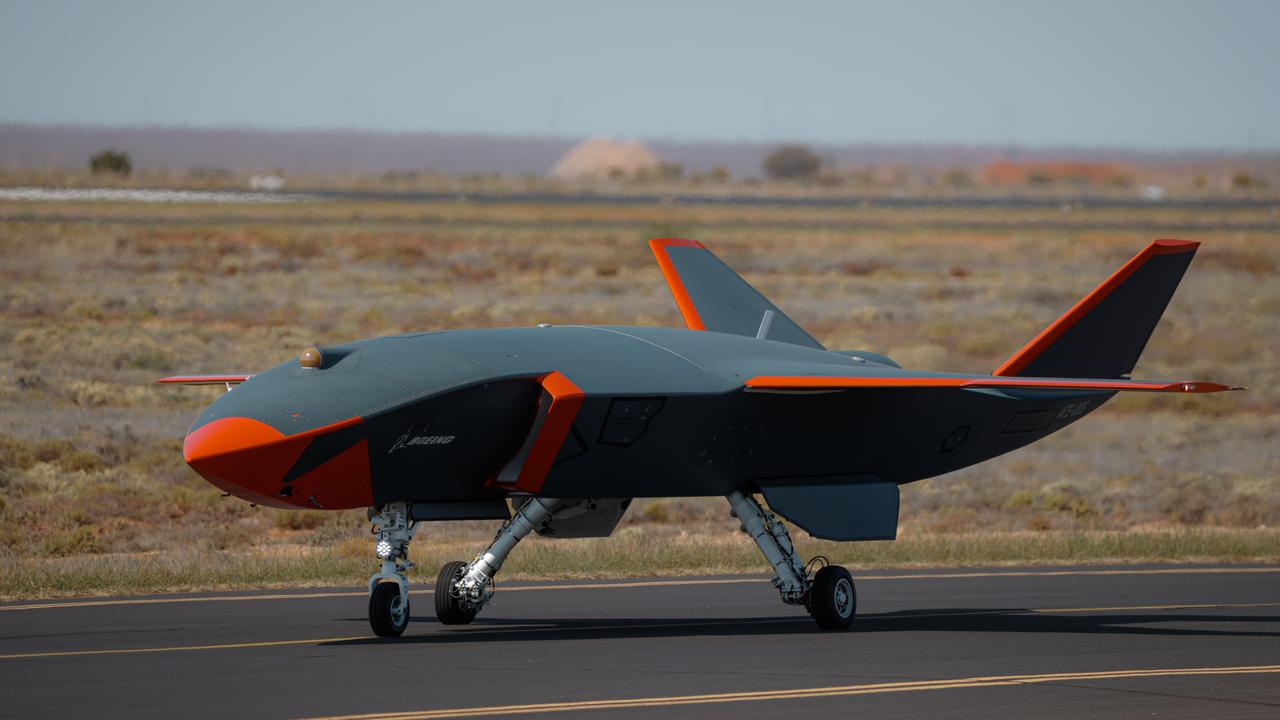National security needs a team approach to research programs
Sponsored content: Sharing knowledge and solving problems as connected networks of experts would give us a better chance of responding quickly to emerging threats.

In our fast-paced, global economy, new threats to our country’s security emerge all the time. Often, we don’t know them until we see them.
Individual organisations, be they government, academia or industry, can struggle to anticipate such threats on their own; particularly when our capacity for “big thinking” is limited by the practicalities of budgets and timelines.

But instead of trying to “think big” in separate silos, sharing knowledge and solving problems as connected networks of experts would give us a better chance of staying a step ahead of or responding quickly to emerging threats.
There are some practical ways we could change the culture within my own organisation (the University of Melbourne) to build better “co-creation” relationships with defence partners, including Defence Science and Technology Group (DST), industry and other universities. Here are three.
1. Build multidisciplinary, multi-organisational teams
At the University of Melbourne we launched HumanPRIMED last year to find human performance and injury mitigation solutions for Defence. It brings together researchers from across our disciplines, including engineers, psychologists, computer scientists and more.
This diversity helps to protect us from unconscious biases that creep in when we try to solve problems from the narrow viewpoint of a single discipline, and means we can conduct research at larger scales.
But we don’t want to stop with bringing our own academics together. We think it’s important to include researchers from DST, industry and other universities, too. Ideally, we would like to create a network where academics will feel more like defence scientists and defence scientists more like academics.
We could achieve this by giving DST scientists a real presence within networks of universities, for example by offering fractional appointments to join research and teaching teams. This would give them the chance to push the exploratory science forward, and to contribute to and learn from research outside their client base within Defence. And, in return, university researchers could assume roles where they are granted a certain level of security clearance so they can better understand the Defence context (with the appropriate checks and balances in place).
2. New co-investment models
Defence contracts for researchers like me are often project-driven and short term, lasting for about three years.
But ours is a notoriously transient workforce, with the majority of researchers working contract to contract. Often the capabilities developed during one contract are lost by the time the next one starts, and a new team needs to learn the Defence context all over again.
This system has helped to create a transactional relationship between universities and DST, where Defence is often viewed as an opportunity to earn big research dollars. However, our country actually needs us to form reciprocal partnerships.
Ideally, we would work in partnership with other universities and DST to co-invest in a system that retains defence researchers and develops future leaders in the field.
3. Attract more young researchers
Defence research is not that different from tackling diabetes or cancer; it takes the same amount of brainpower, and is equally as challenging. It’s also often about protecting people.
But it has a low profile and is often overlooked as a career option. Everyone talks about CSIRO as being key to the emergence of Wi-Fi, but few people realise DST is the home of the black box flight recorder.
Moreover, the opportunities for getting involved with exciting research projects shouldn’t be too hard to sell. At HumanPRIMED, for example, we are currently developing a “Virtual Soldier”; an intelligent digital avatar that uses individuals’ data to predict how they would respond physically, biologically and cognitively in any given scenario.
We imagine the Virtual Soldier a bit like a personalised digital crash-test dummy, with the ability to offer insights into how we would respond to anything from receiving a drug treatment to playing a game or facing a battlefield.
The more we excite young people about these kinds of opportunities, the more we can attract the best and brightest brains. As a University we should be talking more to future students about the exciting opportunities in defence research.
While there are good reasons why the current ways of working have evolved, today’s challenges demand a new way of doing things. To take just one example, rapid developments in biotechnology represent huge opportunities but potential, as-yet unknown, risks, too. We’re still learning about both.
To take advantage of these kinds of new technologies, and to protect ourselves against any threats they may pose, we need all brains on-deck, working together. After all, national security should be everyone’s concern.
-
Professor Peter Lee, Biomedical Engineering, University of Melbourne



